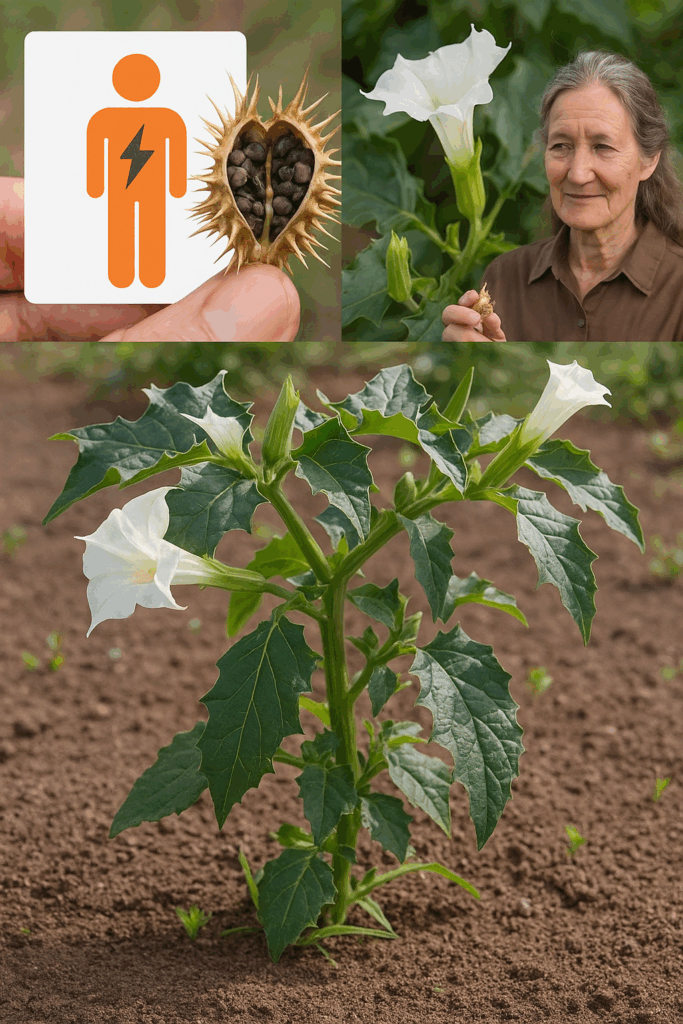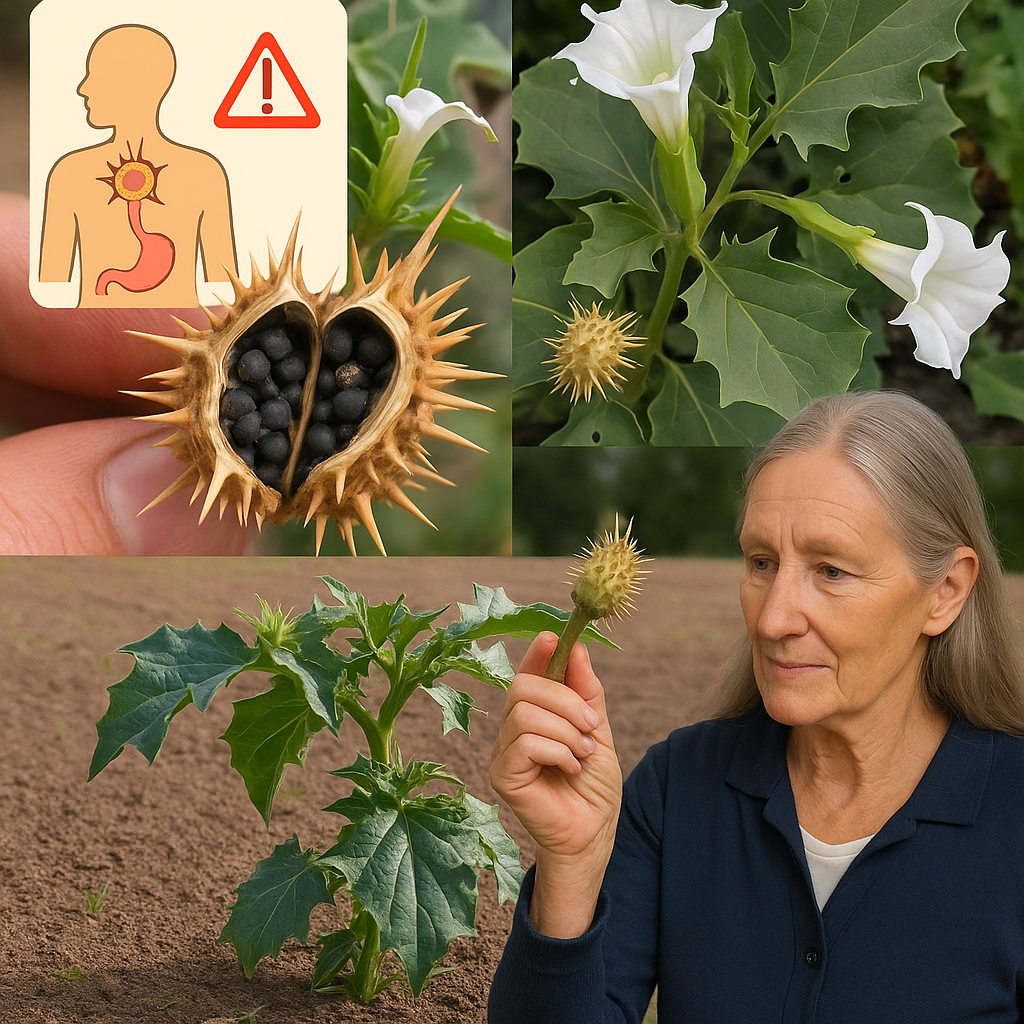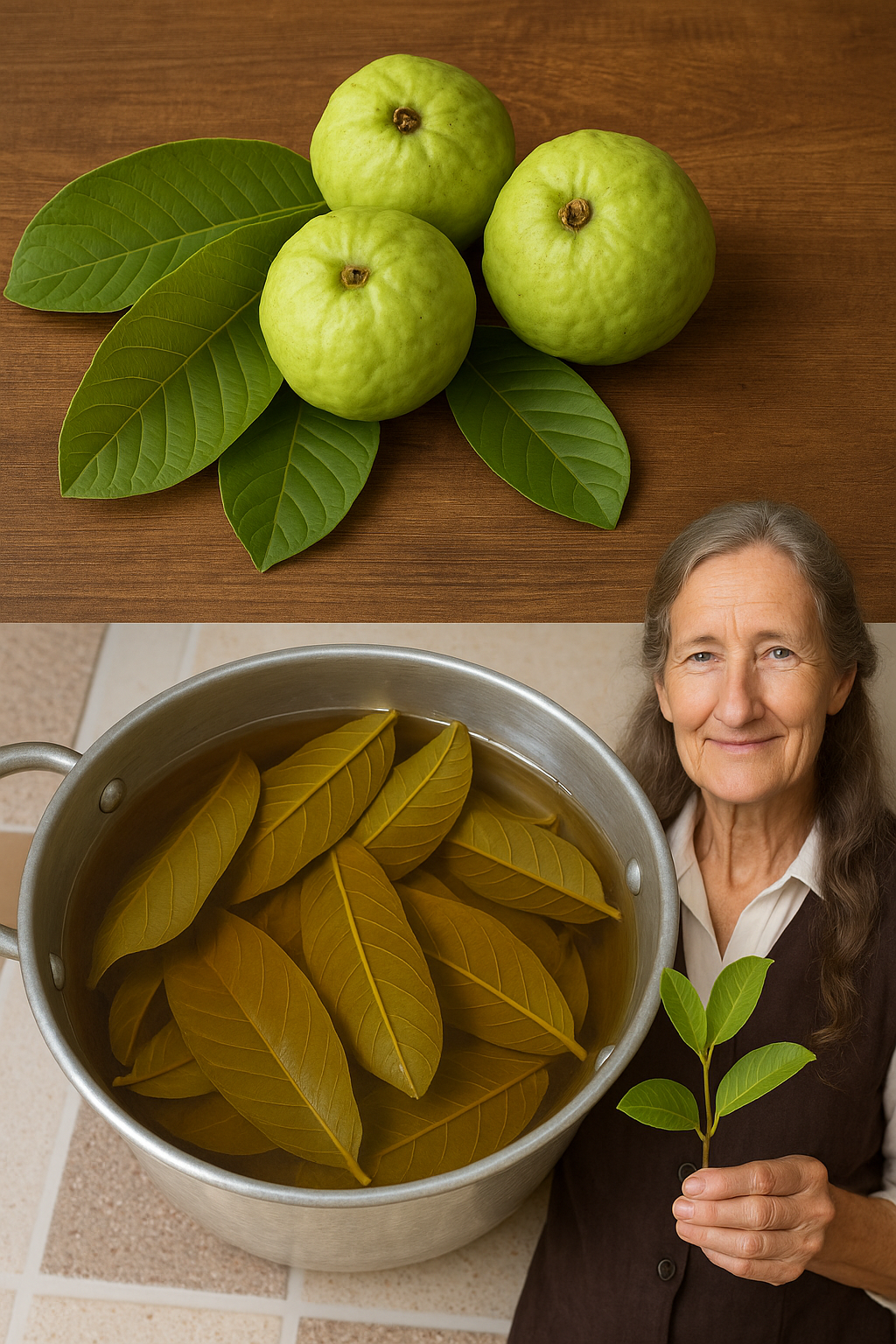At first glance, the Datura plant is breathtaking. With its trumpet-shaped blossoms in ethereal shades of white, purple, and gold, it’s easy to see why it captivates gardeners and passersby. But don’t be fooled—beneath its elegant exterior lies one of nature’s most dangerous secrets.
The Datura genus, often known as Devil’s Trumpet or Thorn Apple, belongs to the nightshade family (Solanaceae) and is home to some of the most potent and toxic plants on Earth. Grown accidentally or deliberately for ornamental purposes, these plants are lethal in small doses and have a long history of poisoning in both humans and animals.
Let’s explore why Datura poses such a serious risk—and why you should never grow or handle it without extreme caution.

🧪 What Is Datura?
- Genus: Datura
- Family: Solanaceae (Nightshade family)
- Habitat: Native to the Americas, now found worldwide
- Environment: Common in disturbed soils, roadsides, and gardens
- Appearance: Large trumpet-shaped flowers, spiny seed pods, dark green foliage
Every part of the Datura plant—flowers, leaves, seeds, and stems—is toxic. These plants contain tropane alkaloids that act on the central nervous system, with effects ranging from delirium to death.
🌿 Common Species of Datura to Recognize and Avoid
1. Datura stramonium (Jimsonweed, Thorn Apple)
- White or purple trumpet flowers
- Covered in spiky seed pods
- Highly hallucinogenic and dangerous even in small doses
2. Datura metel (Horn of Plenty)
- Showy white, yellow, or purple flowers
- Sometimes cultivated as an ornamental, but just as toxic
- Misused in traditional medicine with often deadly consequences
3. Datura inoxia (Moonflower)
- Fragrant, night-blooming white flowers
- Commonly mistaken for harmless morning glories
- Especially toxic seeds and blooms
4. Datura ferox (Long-Spined Thorn Apple)
- Noted for its dramatic, heavily spined seed pods
- Among the most poisonous of all Datura species
☠️ What Makes Datura So Dangerous?
Toxic Compounds Present in All Species:
- Atropine
- Scopolamine
- Hyoscyamine
These alkaloids interfere with the neurotransmitter acetylcholine, disrupting brain and nerve function. The result? Profound toxicity that can manifest with terrifying speed and intensity.

⚠️ Symptoms of Datura Poisoning
Exposure can occur via ingestion, inhalation of fumes, or even skin contact. Symptoms include:
- Hallucinations and delirium (intense, vivid, and often frightening)
- Dilated pupils, light sensitivity, blurred vision
- Dry mouth, slurred speech, and difficulty swallowing
- Elevated heart rate and dangerously high blood pressure
- Seizures, unconsciousness, respiratory failure
- Death in severe or untreated cases
There is no safe dose. Effects are unpredictable and vary widely by plant part, age, and growing conditions.
🐾 A Risk to Pets and Livestock
Datura is highly toxic to animals, including:
- Dogs and cats
- Horses, cattle, and goats
- Birds and wildlife
Even small nibbles can be fatal. Pet owners and farmers should remove Datura from all pastures, yards, and fence lines.
👷♂️ How to Stay Safe: Essential Precautions
✅ Do NOT plant Datura—no matter how attractive it may look.
✅ Do not touch the plant with bare skin. Use gloves and wash thoroughly after handling soil or tools near Datura.
✅ Educate children and neighbors about the plant’s risks. The pretty flowers and quirky pods can be tempting to curious hands.
✅ Remove the plant immediately if spotted in your garden or neighborhood. Contact local extension services for removal guidance if needed.
✅ Never ingest or smoke any part of the plant under any circumstances. Datura is not a recreational drug—it’s a potentially fatal poison.
🚫 Why Datura Should Never Be Used Medicinally
Though Datura has been used historically in herbal medicine and shamanic rituals, its margin for error is razor-thin. A “therapeutic” dose can be indistinguishable from a fatal one. Even trained herbalists avoid internal use of Datura today, and for good reason.
🛑 Final Warning: Admire from Afar
Datura may look like a garden showpiece, but it’s a wolf in floral clothing. Its unpredictable toxicity, hallucinogenic effects, and history of accidental poisonings make it a plant to avoid entirely.
If you encounter Datura in the wild or in a landscape, leave it alone, warn others, and report it if necessary. In gardening, beauty should never come at the cost of safety.
Disclaimer: This article is for educational purposes only. If you or someone else is exposed to Datura, seek emergency medical attention immediately. Never attempt to self-treat poisoning from Datura or any toxic plant.


